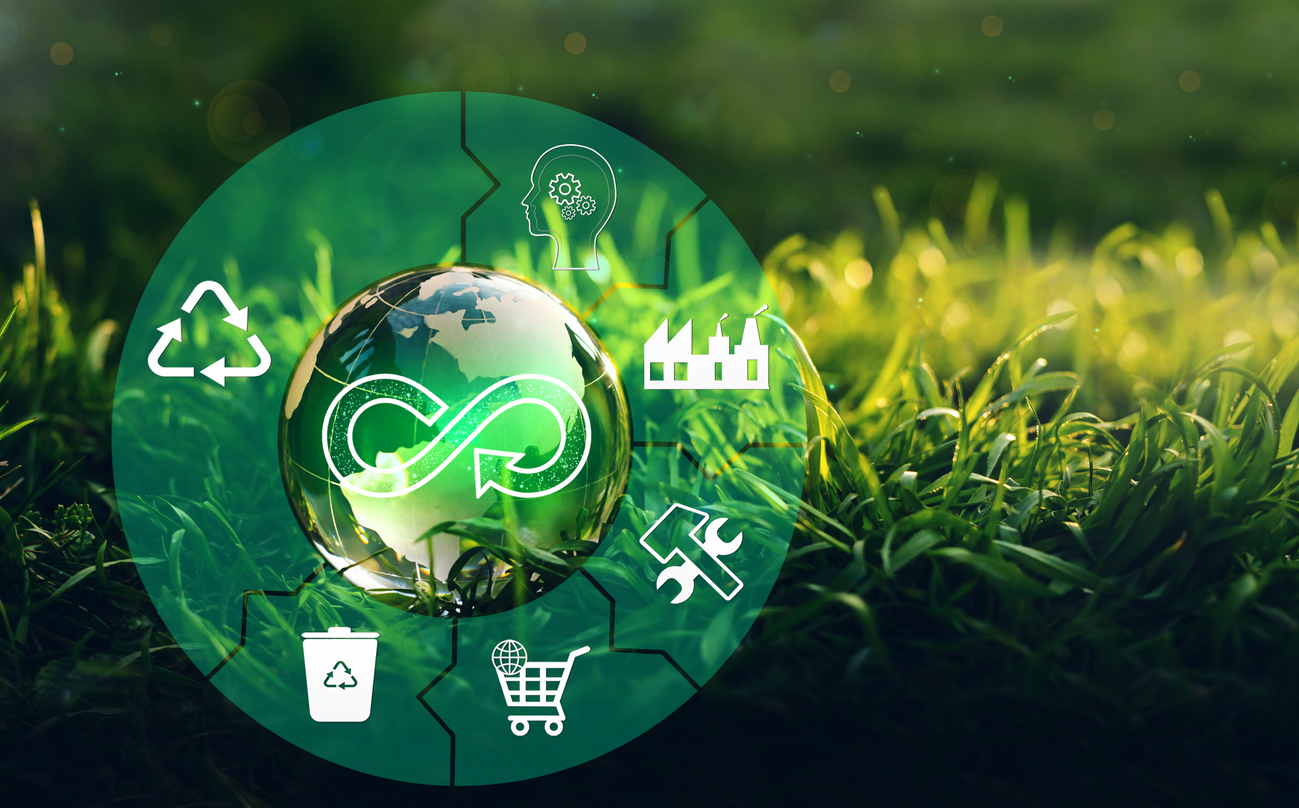You have likely heard the expression: reduce, reuse, recycle. But now, the zero-waste approach takes this a step further, adding two more Rs to the framework: refuse—which is all about eliminating waste from the start and saying “no” to free stuff—and rot, which in its simplest form is composting. If we want to reach zero waste by 2030, we need to take everything into consideration.
Every year, more than 11 billion tons of waste are produced worldwide, according to the United Nations Environment Programme. This is simply a byproduct of the way we live our lives. Enter zero waste initiatives.
The Zero Waste Intl. Alliance suggests zero waste is the conservation of all resources by means of responsible production, consumption, reuse, and recovery of products, packaging, and materials without burning and with no discharges to land, water, or air that threaten the environment or human health.
Naturally, the definition varies from region to region. For example, the state of Connecticut suggests zero waste is a philosophy and a design principle for the 21st century and includes recycling but goes well beyond it to take a whole system approach.
Austin, Texas, has an ambitious goal to divert 90% of waste from landfills and incinerators by 2040 using a whole system approach to evaluate and manage the flow of resources and waste created by our communities. The City Council established major benchmark goals for achieving zero waste including:
- Diverting 75% of solid waste from landfills and incinerators by 2020, and
- Diverting 90% of solid waste from landfills and incinerators by 2040.
While different communities have zero-waste goals, different corporations do as well. Microsoft committed to achieving zero-waste goals by 2030. Its goal is the third sprint in Microsoft’s broad environmental sustainability initiative launched in 2020, focusing on carbon, water, ecosystems, and waste. Microsoft aims to reduce nearly as much waste as it generates while reusing, repurposing, or recycling its solid, compost, electronics, construction and demolition, and hazardous wastes. It is doing this through Circular Centers, where it reuses and repurposes servers and hardware in datacenters.
The objective is to divert at least 90% solid waste headed to landfills and incineration from its campuses and datacenters by 2030 and to manufacture 100% recyclable Surface devices, use 100% recyclable packaging, and achieve, at a minimum, 75% diversion of construction and demolition waste for all projects.
While this may seem ambitious, many communities and corporations have zero-waste goals. We must consider what we all can each contribute. What is happening in your business or community that is really impressing you that you can share here? What has inspired you to take steps in your home to achieve zero waste? Have you considered refuse, reduce, reuse, recycle, and rot?
Want to tweet about this article? Use hashtags #IoT #sustainability #AI #5G #cloud #futureofwork #digitaltransformation #green #ecosystem #environmental #circularworld #climatechange #circularity

